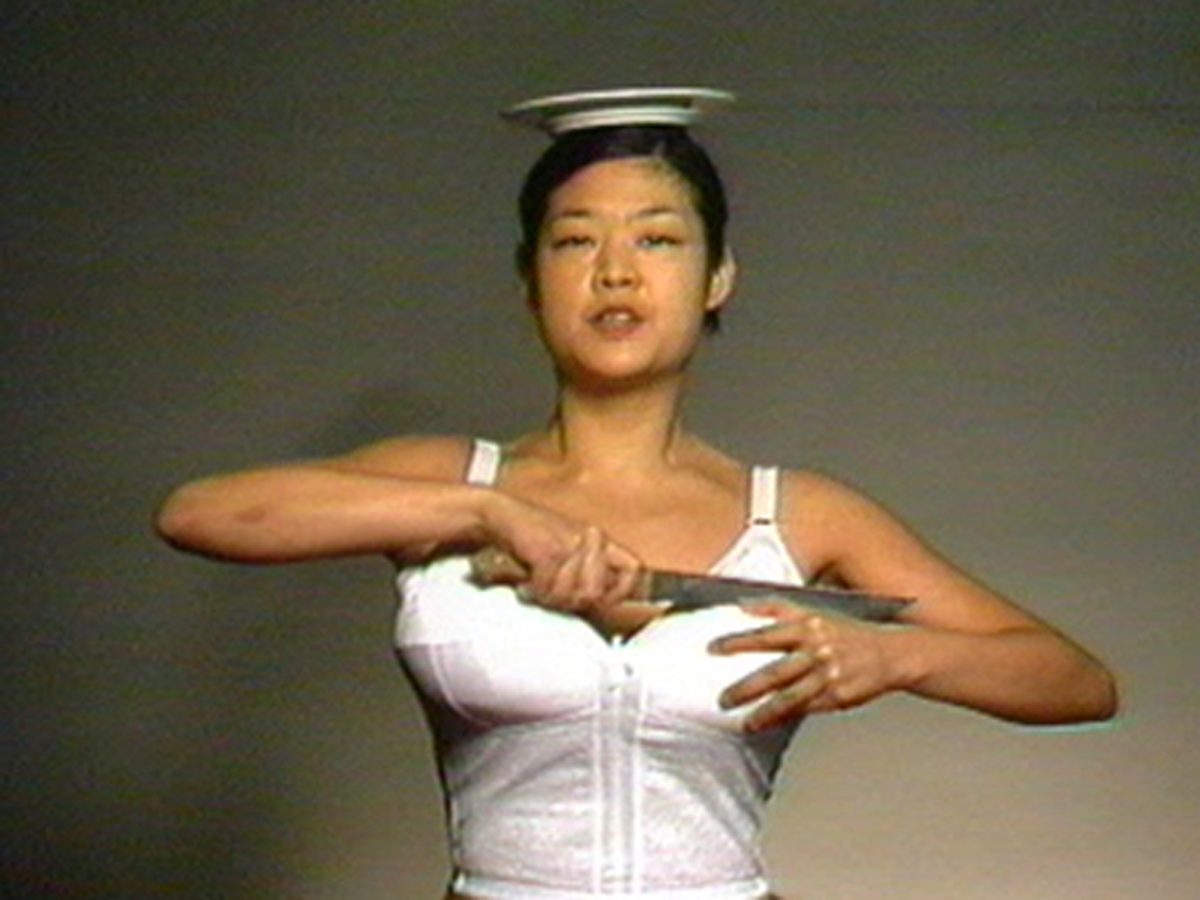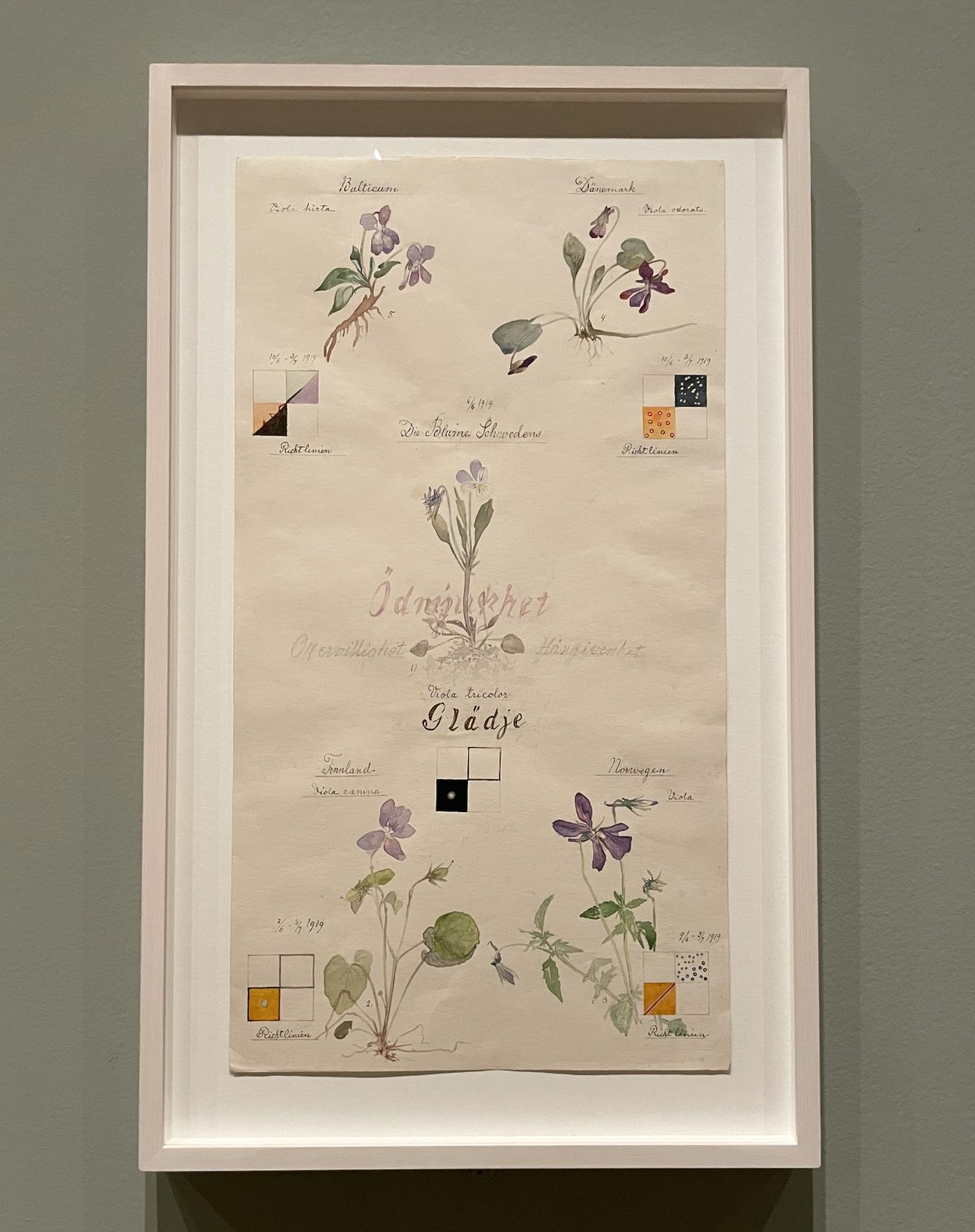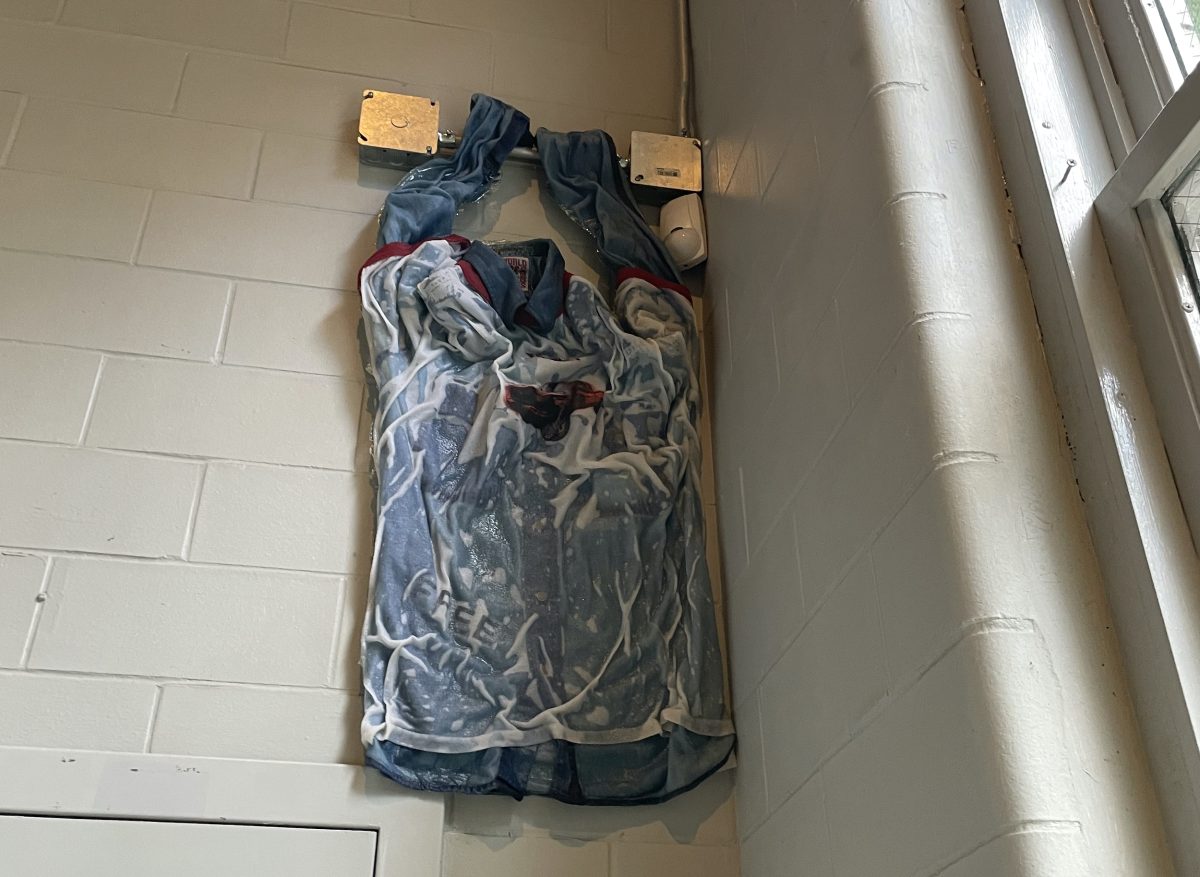From reimagining chinoiserie to seeking “the world of the soul” through nature, so much great art is about seeing our world differently. The exhibitions below put this ideal into practice in various ways. Hilma af Klint’s botanical drawings are beautiful and fascinating departures from her celebrated abstract paintings, but they continue to reflect the artist’s spiritualism. On the other end of the spectrum, Edward Burtynsky’s god’s-eye-view photographs of the Earth’s surface might feel alienating, but Louis Bury finds, in his review, that the artist’s small, intimate images forge a connection between humankind and our ecological reality. Meanwhile, a group show addressing ecology at the Swiss Institute is full of visual surprises and thought experiments. And Monstrous Beauty at The Met is an achievement in extricating the art of chinoiserie from racialized and exoticized tropes. Before you see it, make sure to read Anne Anlin Cheng’s insightful essay on the show. —Natalie Haddad, Reviews Editor
Monstrous Beauty: A Feminist Revision of Chinoiserie
Metropolitan Museum of Art, 1000 Fifth Avenue, Upper East Side, Manhattan
Through August 17

“Underpinning the exhibition is the implicit question: How does something as superficial as style become the foundation for imagining human value and embodiment?” —Anne Anlin Cheng
Hilma af Klint: What Stands Behind the Flowers
Museum of Modern Art, 11 West 53rd Street, Manhattan
Through September 27

“[The drawings] attest to the persistence of nature in the face of climate change, war, and humanity’s increasing disconnection from the Earth.” —NH
Edward Burtynsky: The Great Acceleration
International Center of Photography, 84 Ludlow Street, Lower East Side, Manhattan
Through September 28

“For decades, Burtynsky has pursued research leads around the globe to capture yet more examples of civilization’s terraforming.” —Louis Bury
Spora
Swiss Institute, 38 St Marks Place, East Village, Manhattan
Through May 10, 2026

“Spora is subtler than the shows in the Swiss Institute’s galleries, but it lingers in the mind, its interconnections multiplying like spores.” —NH











